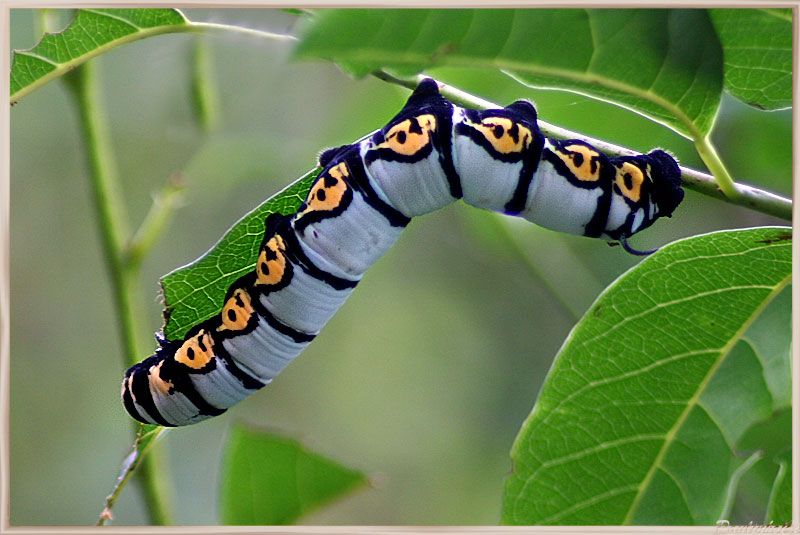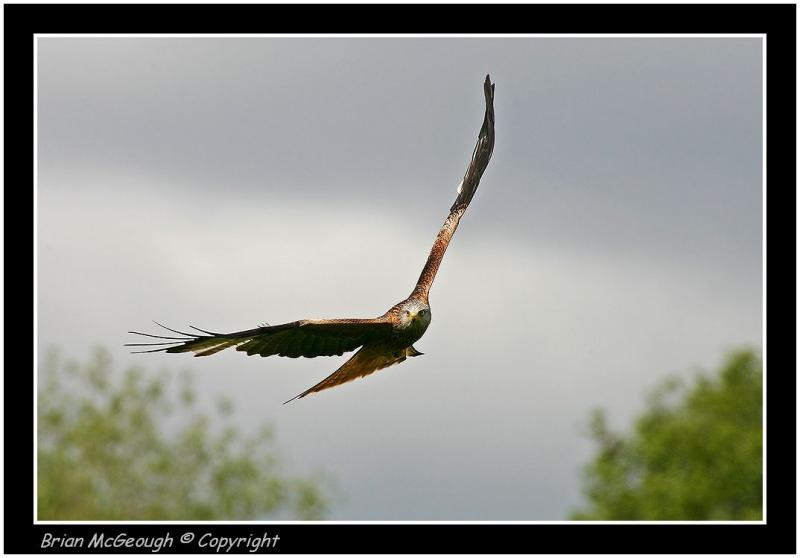Therefore Choose Life:
Teaching in the Cancer Project

About the Project
Since last January I have had the wonderful privilege of teaching plant-based Food for Life cooking classes sponsored by The Cancer Project. This Washington, D.C. based nonprofit organization promotes nutrition education and research for cancer prevention and survival. The Cancer Project originally began as part of The Physician’s Committee for Responsible Medicine founded by Neal Barnard, M.D., but now exists as its own nonprofit entity. There are about 60 instructors teaching the free 8-week series of classes in locations all over the U.S. (For information about classes in your area, recipes, and nutrition information, please visit www.cancerproject.org)
Each class consists of a short video segment to introduce nutrition concepts plus a cooking demonstration of 3-4 vegan recipes. The participants are welcome to ask questions and taste all the dishes (their favorite part!), plus they receive a free handbook with all the nutrition information and recipes. Many participants are cancer survivors, or they have been affected by cancer in their family members or friends and want to learn what they can do to prevent cancer. Teaching these classes is a joy for me - helping to improve people’s health while also decreasing animal suffering and the environmental impact on our planet is an incredible opportunity to live my values.
Eating to Prevent Cancer
Vegetarians overall have about a 40% lower risk of developing cancer. This figure includes all kinds of vegetarians and would likely be much higher (indicating less risk) if only vegans with healthy eating patterns were considered. What is a healthy eating pattern for reducing cancer risk? Briefly, a diet based on vegetables, fruits, beans, and whole grains with the addition of small amounts of nuts and seeds has been shown to be cancer preventive in many studies of populations around the world. This way of eating will naturally be low in fat with plenty of protein, while also high in fiber and rich in antioxidants that boost the immune system to fight free radicals that promote cancer. An emphasis on whole plant foods rather than processed foods or supplements is also recommended. (One exception is Vitamin B-12, which can be found in fortified foods or taken as a supplement of at least 5 mcg/day.)
For many participants in the Food for Life cooking classes, these guidelines represent a drastic change from their usual way of eating. However, the combination of accurate information with involvement of the senses in seeing colorful foods prepared, enjoying tempting aromas, and tasting the delicious results enables participants to move toward or even totally switch to plant-based eating during the 8-week course.
What’s Wrong With Dairy?
Most participants are astounded to learn that two or more servings of milk per day increase the risk of prostate cancer by 60%! Drinking milk also boosts the blood levels of IGF-I (insulin-like growth factor I), a powerful stimulus for cancer cell growth. Cow’s milk is designed by nature to grow a calf from about 60 pounds at birth to 600 pounds in six months - it makes sense that it is a powerful cell growth promoter in humans as well.
Furthermore, studies such as the Nurses’ Health Study have shown that dairy calcium does not decrease the risk of bone fracture from osteoporosis. Populations around the world that have the highest consumption of cow’s milk also have the highest incidence of hip fractures (a marker for osteoporosis), totally contradicting what most of us have been taught since childhood. (For more information, read The China Study by T. Colin Campbell, PhD.)
People are also surprised to learn that there is an opiate-like substance produced during the digestion of casein, the main protein in milk. These casomorphins produce a calming effect and may help cement the mother-infant bond, promoting survival. However, while present in small amounts in milk, casein is concentrated in foods such as cheese - enough so that there may be good reason that it is difficult to give up cheese. (For more information, read Breaking the Food Seduction by Neal Barnard, M.D.)
Moving Toward Healthy Eating
For people struggling to move from unhealthy eating patterns with lots of animal products and processed or junk foods to more healthy ones based on whole plant foods, it can be very helpful to remember that one’s tastes are learned and can therefore be unlearned. It takes about 3-4 weeks to change taste preferences. During that time Food for Life class participants are encouraged to take a total break from the unhealthy foods. After a month they often find that they no longer enjoy the taste of their previously preferred foods, but now really appreciate the natural taste of delicious plant foods. However, during the first week or two, they may miss their old way of eating and be tempted to revert back. Making a commitment to stick with it for at least four weeks is often the key to a successful transition.
Another helpful resource in changing eating patterns is The Pleasure Trap written by psychologist Doug Lisle, PhD. Human beings’ natural drives to seek pleasure and happiness with the least expenditure of effort may have served us well in the days of scarcity of food. However, these same drives now often undermine our health in the modern era, with a fast food restaurant beckoning on every corner. Many people have found that understanding the psychological/biological basis for our food choices helps them to quit beating themselves up for bad habits and instead develop new habits more easily.
The Food for Life classes focus mainly on the health aspects of a plant-based diet, particularly as it relates to cancer prevention. The information given above provides just a small sampling of the wealth of nutrition information offered in the classes along with the demonstrations of preparing delicious food. However, as I teach, I am always grateful that the ethical and environmental aspects of vegetarianism are also being served as I help people shift to healthier ways of eating. My journey with vegetarianism has evolved to be one of the primary expressions of my spiritual life as well. How marvelous that our bodies and spirits can be nourished and our impact on the earth can be lessened every time we sit down to a meal!
Wishing peace and happiness to all beings everywhere. . . .
-- Jean Myers
Jean Myers' personal journey will be featured in "My Pilgrimage" next month.
NEWSNOTES
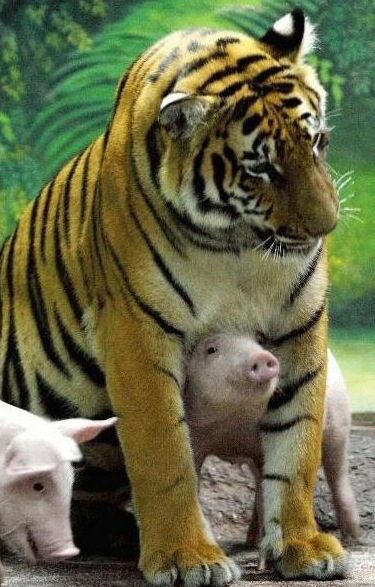 And the Tiger Shall Lie Down with the Piglet
And the Tiger Shall Lie Down with the Piglet
A Royal Bengali tigress named Sai Mai, born in a zoo in Thailand's Chonbury province in 2002 and nursed by a mother pig, in young adulthood made friends with a litter of baby pigs introduced to her. This is part of the zoo's program of achieving the harmonious co-existence of animals of different species by bringing them together in early life.
--Contributed by Karen Borch
Third Interfaith Celebration of the Animals
Golders Green Unitarian Church in London was the venue for this event on Sunday, September 10th 2006, at which followers of the Brahmo Samaj, Buddhist, Christian, Hindu, Jain, Jewish, Muslim, Sikh and Unitarian Universalist religions joined together in a celebration of our fellow species. The event was co-sponsored by Quaker Concern for Animals.
The Muslim speaker discussed vivisection, which, inasmuch as it is mutilation, is condemned by the Prophet. Practices in education harmful to animals violate the concept of justice, which demands that both the means and ends of science must be just. Throughout our service, we all, in some way or another, spoke of “kinship,” of “the web of life”, the contrast to man’s overweening domination of a world not created by us, and our sadness at the cavalier lack of respect for creatures who do not speak our language.
In the keynote address, Unitarian Feargus O'Connor explored the theme of emotion in other animals. There is well-documented evidence that not only primates but many other species reveal depths of emotion hitherto considered the province of humans. Elephants, for instance, have been known to shed tears at loss of children and companions, and when abused. Yet these facts are conveniently ignored.
We hope to redress the balance in some way with our Interreligious Fellowship for Animals. We aim to demonstrate that there are followers of all faiths, from all backgrounds, who feel strongly that our fellow species are owed our compassion and respect, and that a united spiritual voice should be raised in their defence. This is long overdue.
--Marian Hussenbux
Clerk, Quaker Concern for Animals
Great Britain
Bigger Cages, Empty Cages?
Welfarism and Abolition
Opinion: Peter Singer, author of Animal Liberation and professor of bioethics at Princeton University; and Bruce Friedrich, vice president for People for the Ethical Treatment of Animals (PETA), write about the accomplishments by the animal rights movement in behalf of the animals exploited by humans on a daily basis. They challenge people to realize that although small, the steps taken by some major fast food industries regarding their animal welfare regulations have actually alleviated, to various degrees, the suffering of billions of animals. Singer and Friedrich have also recognized the desire of animal rights advocates for empty cages, not just bigger cages. To read the full article please visit www.satyamag.com/sept06/singer-friedrich.html.
To read Peter Singer's replies to questions from the public on another site, turn to www.veganoutreach.org/enewsletter/singerchat.html.
--Contributed by Lorena Mucke
Christian Vegetarian Association
www.ChristianVeg.com

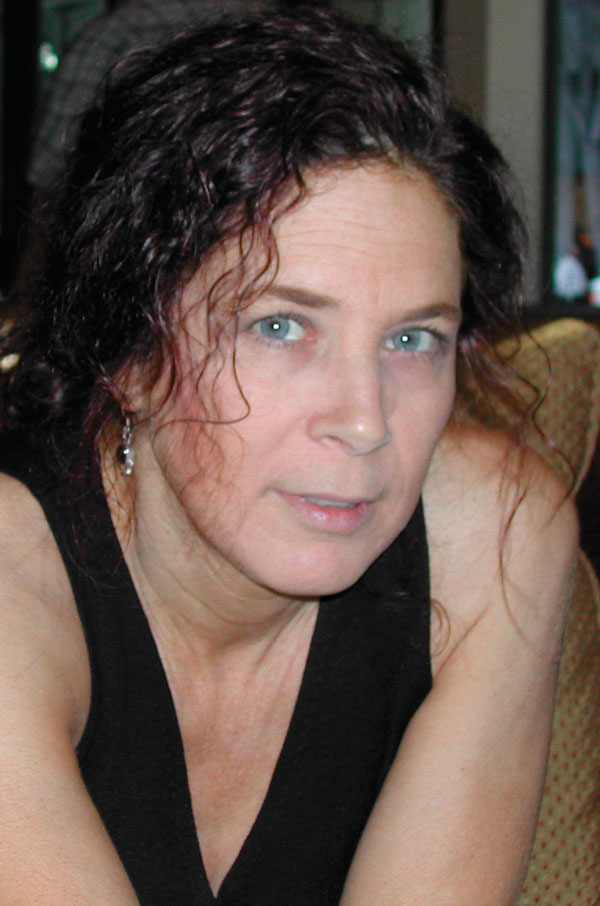 For some of us, the coming home was inspired by a compelling photograph, a disturbing video, a friend's encouragement. For me, it came in the form of a young calf on his way to slaughter.
For some of us, the coming home was inspired by a compelling photograph, a disturbing video, a friend's encouragement. For me, it came in the form of a young calf on his way to slaughter.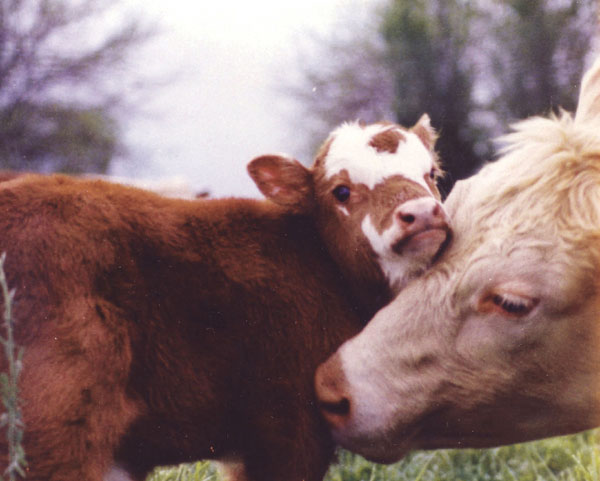
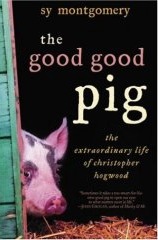 This is a must-read for animal lovers, especially lovers of those domestic animals that rarely get their voices heard in the public square. Here we have the story of Christopher Hogwood, not the musician, but a spotted pig adopted as a companion by Sy Montgomery and her husband Howard, domiciled near a small town in New Hampshire. Christopher was a sickly runt when he came to their farm in a shoebox, but with a bit of TLC, elementary medical care, and all the food he wanted, he grew into a 700-plus pound behemoth whose affectionate presence could not be missed. (At one point, when arthritis gave him trouble, he had to be put on a diet, and successfully shed 100 pounds.)
This is a must-read for animal lovers, especially lovers of those domestic animals that rarely get their voices heard in the public square. Here we have the story of Christopher Hogwood, not the musician, but a spotted pig adopted as a companion by Sy Montgomery and her husband Howard, domiciled near a small town in New Hampshire. Christopher was a sickly runt when he came to their farm in a shoebox, but with a bit of TLC, elementary medical care, and all the food he wanted, he grew into a 700-plus pound behemoth whose affectionate presence could not be missed. (At one point, when arthritis gave him trouble, he had to be put on a diet, and successfully shed 100 pounds.)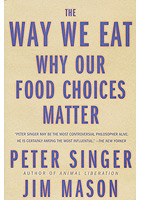 The two authors of this book have written books on the cruelties of animal factory-farming before, but here they broaden the topic to the ethics of eating in general. Eating being as essential and universal an activity as there is, the ethics behind it have to be important. This approach of broadening the subject strikes me as a good one for several reasons. One is that any vegetarians will fortify themselves the more reasons they have. The other is that Friends and others who are not spoken to by one issue may find a leading in a different issue. For example, authors add in organic and fair-trade certification as ethical issues. Some Friends will be more comfortable with those approaches, and then there's a segue to gentle comments on other aspects of the ethics of eating.
The two authors of this book have written books on the cruelties of animal factory-farming before, but here they broaden the topic to the ethics of eating in general. Eating being as essential and universal an activity as there is, the ethics behind it have to be important. This approach of broadening the subject strikes me as a good one for several reasons. One is that any vegetarians will fortify themselves the more reasons they have. The other is that Friends and others who are not spoken to by one issue may find a leading in a different issue. For example, authors add in organic and fair-trade certification as ethical issues. Some Friends will be more comfortable with those approaches, and then there's a segue to gentle comments on other aspects of the ethics of eating. 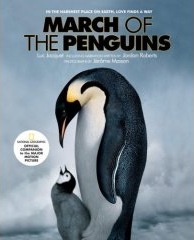 Those who loved the movie may also want to own this handsome book with large color photographs of our planet's most dedicated parents and their supremely appealing babies. Not all the film's most striking images are included in the book, but in some cases this is a blessing. The reader will not be distressed by the sight of a seagull trying to kill a baby penguin, or by seeing the frozen chick who strayed too far and too long from his mother. On the other hand, regrettably, we lose seeing the concerned mothers doing an American football pile-up on the deranged bereaved mother who tried to kidnap someone else's baby. We also lose the sight from the back of penguins looking like nuns and monks on a holy pilgrimage, and the adroit underwater swimmers escaping from leopard seals.
Those who loved the movie may also want to own this handsome book with large color photographs of our planet's most dedicated parents and their supremely appealing babies. Not all the film's most striking images are included in the book, but in some cases this is a blessing. The reader will not be distressed by the sight of a seagull trying to kill a baby penguin, or by seeing the frozen chick who strayed too far and too long from his mother. On the other hand, regrettably, we lose seeing the concerned mothers doing an American football pile-up on the deranged bereaved mother who tried to kidnap someone else's baby. We also lose the sight from the back of penguins looking like nuns and monks on a holy pilgrimage, and the adroit underwater swimmers escaping from leopard seals. 